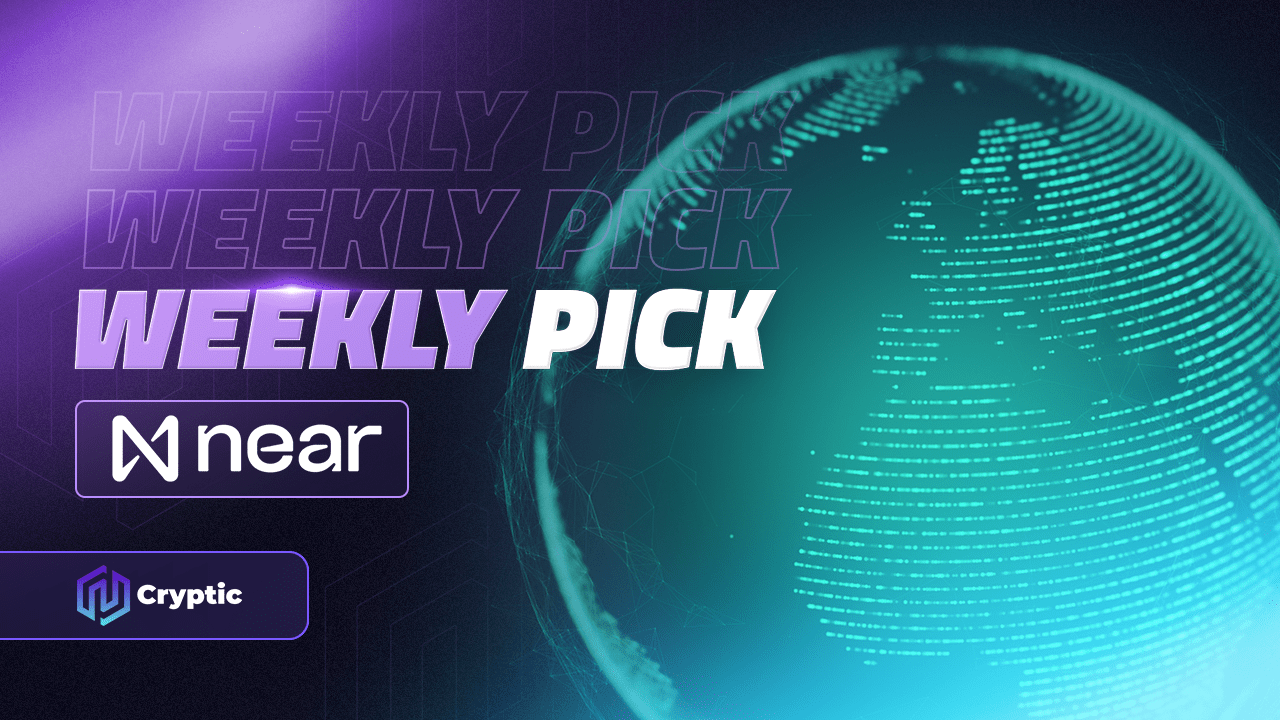
NEAR Protocol is a layer-1 blockchain platform designed to facilitate the development and deployment of decentralized applications (dApps) and smart contracts. It seeks to address the scalability, usability, and security limitations inherent in previous blockchain platforms, thereby providing a more accessible and developer-friendly environment for the open web.
Technical Innovations
-
Nightshade Sharding: NEAR Protocol employs a novel sharding architecture called “Nightshade,” which partitions the network into multiple shards, each responsible for processing a subset of transactions. This approach significantly increases the network’s throughput and capacity to handle a high volume of transactions per second, ensuring scalability.
-
Proof-of-Stake (PoS) Consensus: NEAR utilizes a PoS consensus mechanism, enabling token holders to participate in network security and transaction validation by staking their NEAR tokens. This mechanism is notably more energy-efficient than the Proof-of-Work (PoW) algorithm employed in Bitcoin.
-
Developer-Friendly Ecosystem: The platform provides a comprehensive suite of developer tools and libraries, including a JavaScript Software Development Kit (SDK) and a Rust-based smart contract framework. This comprehensive toolkit simplifies the process of building and deploying dApps on NEAR, attracting a broader range of developers to the platform.
-
Human-Readable Account Names: NEAR introduces human-readable account names in place of complex cryptographic addresses. This innovation enhances user-friendliness and reduces the risk of errors during transactions, making the platform more accessible to a wider audience.
Potential Applications
NEAR Protocol’s technical features and capabilities make it suitable for a diverse range of applications, including:
-
Decentralized Finance (DeFi): The platform can support decentralized exchanges (DEXs), lending protocols, yield farming platforms, and other DeFi applications, offering users access to financial services without the need for intermediaries.
-
Non-Fungible Tokens (NFTs): NEAR provides the necessary tools and infrastructure for creating, managing, and trading NFTs, enabling artists, creators, and collectors to participate in the burgeoning digital art and collectibles market.
-
Gaming: The platform’s scalability and low transaction fees make it an attractive option for developing blockchain-based games, allowing for in-game economies, verifiable ownership of assets, and novel gaming experiences.
-
Social Networks: NEAR can support decentralized social networks that prioritize user privacy, data ownership, and content monetization, offering an alternative to centralized social media platforms.
Challenges and Future Outlook
While NEAR Protocol demonstrates considerable promise, it faces competition from other layer-1 blockchains and must continue to innovate to maintain its competitive edge in the market. Additionally, the regulatory landscape for cryptocurrencies and blockchain technology remains in flux, posing potential challenges for the platform’s development and widespread adoption.
Despite these challenges, NEAR’s emphasis on scalability, usability, and developer experience positions it favorably for future growth. As the platform continues to attract developers and projects, its ecosystem is likely to expand, fostering further innovation and adoption.
In conclusion, NEAR Protocol is a technically sophisticated blockchain platform that aims to democratize access to the open web through its scalable, user-friendly, and innovative features. By providing a robust foundation for building decentralized applications, NEAR has the potential to disrupt various industries and contribute significantly to the ongoing development of the Web3 ecosystem.


Leave a Reply